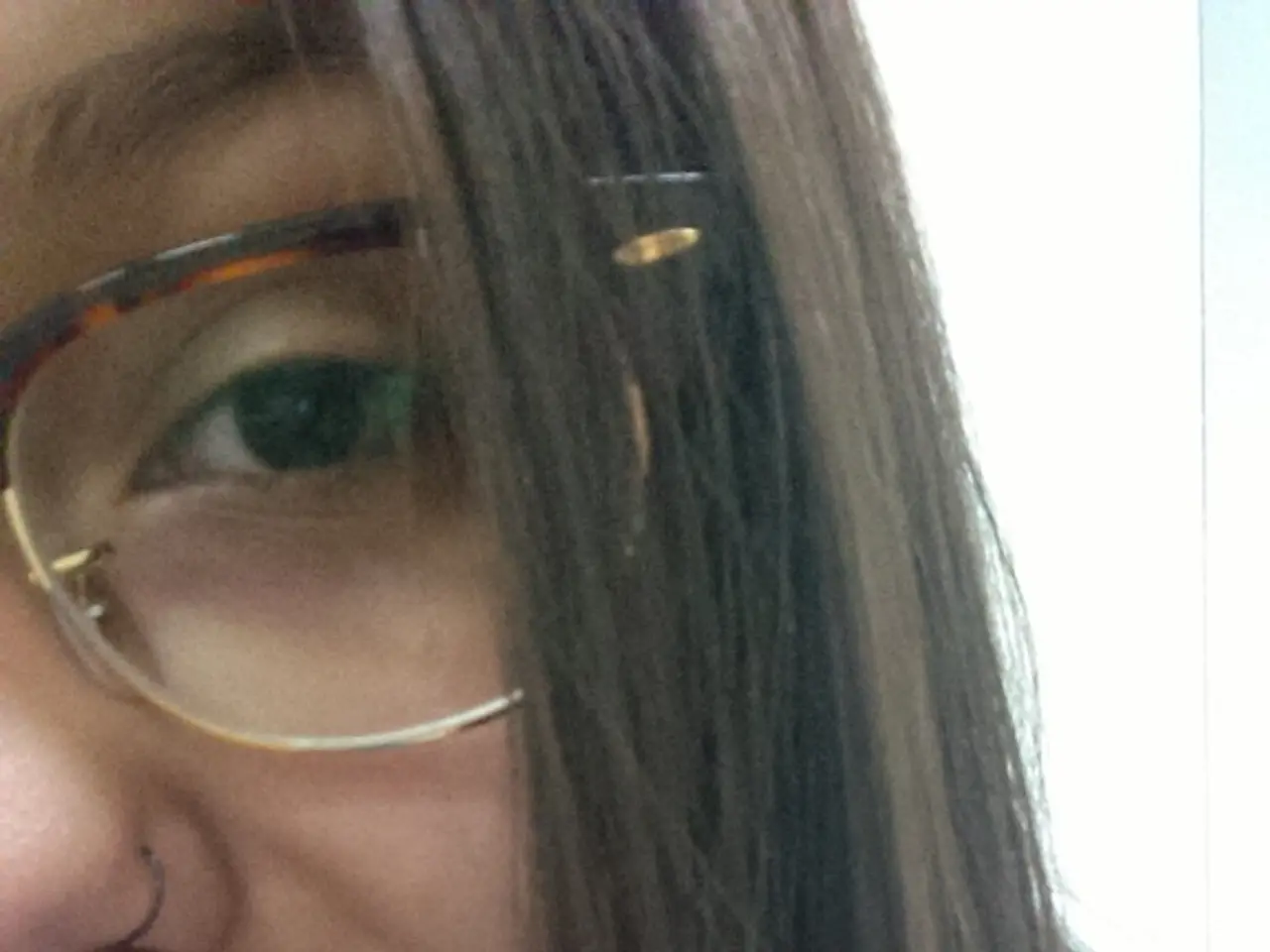Home Exercises for Dizziness: Strategy to Attempt Yourself (for vertigo)
=========================================================
Vertigo, a sensation of spinning, can be a distressing and debilitating condition for many people. While there are several underlying causes, two main types have been identified: peripheral and central vertigo.
Peripheral vertigo, which accounts for the majority of cases, is often caused by a condition called benign paroxysmal positional vertigo (BPPV). This type of vertigo can be treated with exercises such as the Epley maneuver and the half somersault maneuver (HSM). However, central vertigo, which makes up the remaining 20% of cases, requires a different approach.
Central vertigo can be caused by conditions such as multiple sclerosis and migraine. For this type of vertigo, the best exercises often focus on vestibular rehabilitation therapy (VRT) with an emphasis on eye exercises such as gaze stabilization and habituation exercises.
Gaze stabilization exercises involve focusing the eyes on a stationary target while moving the head slowly side to side or up and down. This helps improve control of eye movements and reduces dizziness during head motion. Habituation exercises, on the other hand, involve repeating movements that provoke vertigo symptoms gradually, thereby reducing the sensitivity of the vestibular system to these stimuli.
Studies and clinical protocols show that these eye movement and habituation exercises help restore confidence in movement and improve symptoms in central vertigo patients by fostering vestibular compensation and adaptation. Frequent practice (≥5 times per week) over a period up to 7 weeks significantly enhances improvement, supporting neuroplasticity in the central vestibular pathways.
However, it's important to note that these exercises need to be carefully tailored and progressed based on individual tolerance to avoid exacerbating symptoms.
For those interested in trying eye exercises for their vertigo, it's essential to speak with a doctor or healthcare professional before starting any new regimen. A doctor will recommend different exercises depending on the underlying cause of vertigo.
In summary, eye movement exercises like gaze stabilization combined with habituation exercises are the cornerstone of vestibular rehabilitation for central vertigo and are clinically proven to alleviate symptoms by improving vestibular function and compensation. Consistent, tailored practice and professional guidance optimize their effectiveness.
[1] Baloh, R. W., Lempert, T., & Honrubia, J. (2015). Vestibular rehabilitation. In Neurology in Clinical Practice (pp. 1137-1146). Elsevier.
[2] Tusa, R. J., & McCaslin, D. M. (2012). Vestibular rehabilitation. In Otolaryngology Head and Neck Surgery (pp. 523-530). Elsevier.
[3] Herdman, S. L., & Zee, D. S. (2013). Vestibular rehabilitation. In Current Opinion in Neurology (pp. 267-272). Elsevier.
[4] Tumarkin, J. D. (1991). Benign paroxysmal positional vertigo: a review of the literature. The Journal of Laryngology and Otology, 105(6), 467-476.
[5] Lempert, T., & Baloh, R. W. (2004). Clinical vestibular disorders. Elsevier.
- Aq diagnosis may reveal that a person is dealing with illnesses like bipolar, Crohns, or neuro- LOGICAL-DISORDERS, which might contribute to their experience of dizziness.
- Proper Nutrition plays a crucial role in maintaining overall health-AND-WELLNESS, including managing conditions like NSCLC and mental-HEALTH issues like bipolar.
- Scientific studies and MEDICAL-CONDITIONS research highlight the significant impact of fitness-AND-EXERCISE on mental-HEALTH, including therapeutic remedies for conditions such as bipolar and migraine.
- In managing conditions like multiple sclerosis, which can cause central vertigo, predictive therapies-AND-TREATMENTS might be necessary in addition to vestibular rehabilitation.
- For home-based remedies, individuals can consider exercises like gaze stabilization and habituation, which are proven effective in alleviating dizziness related to MIGRAINE and central vertigo.
- A healthcare professional, such as a doctor, can provide personalized guidance on fitness-AND-EXERCISE routines, including eye movement exercises, to treat vertigo caused by BPPV or central vertigo.
- Long-term practice and consistency (≥5 times per week) are essential for seeing improvement in symptoms related to vestibular disorders, thus demonstrating the power of NEUROPLASTICITY in central vestibular pathways.
- It's vital to remember that every person's health journey is unique, and therapies-AND-TREATMENTS should be tailored according to the underlying cause and the individual's tolerance for maximum benefit.




